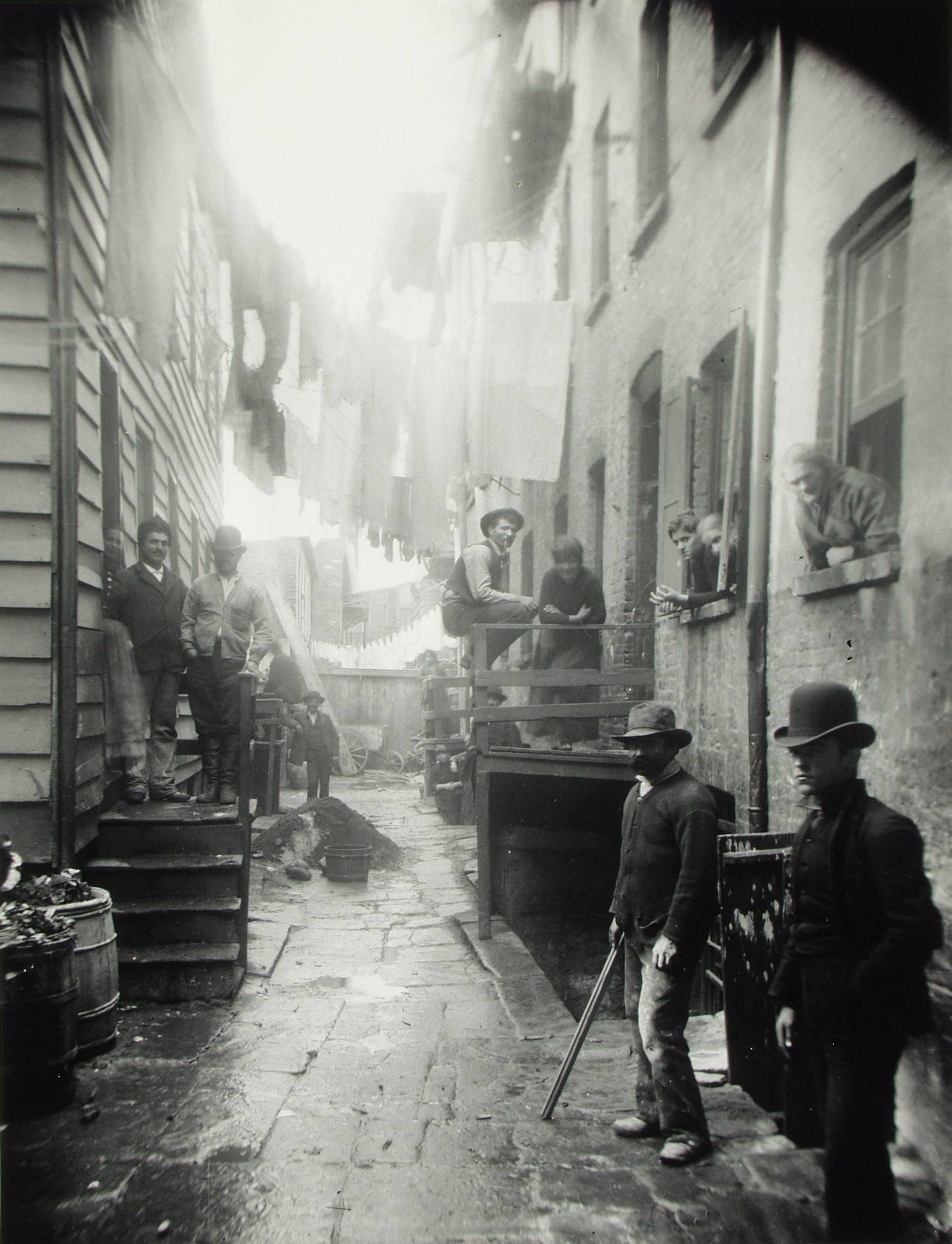Chapter 1: In the first chapter of “From Ellis Island to JFK”, Foner writes that “immigrants still often come to escape oppressive governments and poor economic conditions…many newcomers are from the ranks of their home country’s professional and middle classes.” She also mentions that there are immigrants who are “born into a wealthy professional family,” from their native country. Is she suggesting that this status is never maintained once arriving in America? At another point, she adds that, “Television…bring[s] images of American society and American goods that are reinforced by movies and radio programs.” According to her, this only helps immigrants want to come to America, but that, “aspirations [created by the media’s portrayal of America] cannot be fulfilled at home.” I wonder if these immigrants ever come to the realization that America itself is not what it appears to be in the media.
Chapter 2: Later, in the second chapter, Foner points out that “[t]he expansion of New York City’s public transportation system, improved highways, and the automobile revolution…have made the outer boroughs and suburban areas more accessible to downtown districts than they were a hundred years ago” (Foner 48-49). I think this point is interesting in the growth of inter-borough transport, but I’m also interested in seeing how this benefitted immigrants particularly. A totally different point that interested me is when she groups Asian immigrants closer with Whites than with the segregated group of Hispanics that are treated more in line with Blacks. “[I]n general, Asians have avoided the poorest areas in New York City and the region, and they are less segregated from whites than are blacks and Hispanics,” she says.
Chapter 3: In the third chapter, Foner points out that “alongside the unlettered and unskilled are immigrant doctors, nurses, engineers, and Ph.Ds.” I think it is interesting that well-educated immigrants often lose everything they leave behind, even their experience and studies, when coming to America, even if its not something they want. Another point that strikes out to me is that African-Americans are considered in the same immigrant pool even though this group has been in America for years since there has been no mass migration from Africa since the slave trades. Also, Foner writes that Chinese men tend to work in restaurants while women tend to work in the garment industry. She noes that “compared to garment work, restaurant jobs are more stable and remunerative, thereby allowing men to fill the role of principal family breadwinner.” I think it is interesting that she doesn’t really point out if the jobs are ever filled in vice versa, and if men and women take on these specific jobs because it has something to do with gender-roles association.
Chapter 4: In Chapter four, Foner writes that “Jewish and Italian women typically followed men – husbands, fiancés, and fathers, who led the way.” The drastic change in immigrant women’s roles between the waves of immigration is fascinating. It is surprising that many immigrant families quickly adjust their practices to their meet their new needs, and adjust their gender-roles to the gender-roles in American society. Its interesting that immigrants who come from patriarchal societies shift roles once they arrive in the United States.
Chapter 5: The fifth chapter presents sort of a shift in tone. Foner writes that “genetic arguments about inferior races have those wanting to cut immigration from southern and eastern Europe a scientific sanction; restriction against the new immigration seemed like a biological imperative.” Does this remind anyone of a Nazi-like selection of an ideal race? Foner also mentions that “in the post-World War I years, many colleges, universities, and medical schools adopted quota systems that set limits on Jewish admission.” This only helps to prove my resemblance.
Chapter 6: Then in Chapter six, Foner lends her attention to “transnational households.” Is she referring to immediate families only, or does the term “transnational household” also apply to extended family? How far removed can the ties be, and still be considered “transnational”? Does this refer to any ties between family members in different countries? She quotes Patricia Pessar, who states that “it merely requires a walk to the corner newsstand, a flick of the radio or television dial to a Spanish-language station, or the placement of an overseas call.” This is an interesting point because it makes us think in retrospect to ho we receive our news today in a world of Twitter, Facebook, and text messages.
Chapter 7: Finally, in Chapter seven, Foner writes that “a great proportion of Italian students dropped out [of school] altogether before the legal working-paper age, as compared to Russian Jews, who were more likely to complete the minimum grades required.” What are the reasons for this difference? Is it a difference in culture? It seems unlikely that it is a difference in social status and race, because Foner writes that both Russian Jews and Italians were treated as second class citizens. She also mentions that “in contemporary New York, most immigrant parents, in all groups, arrive with positive attitudes toward education and high educational expectations for their children.” Is this attitude towards education shared by most immigrant parents throughout the country?







